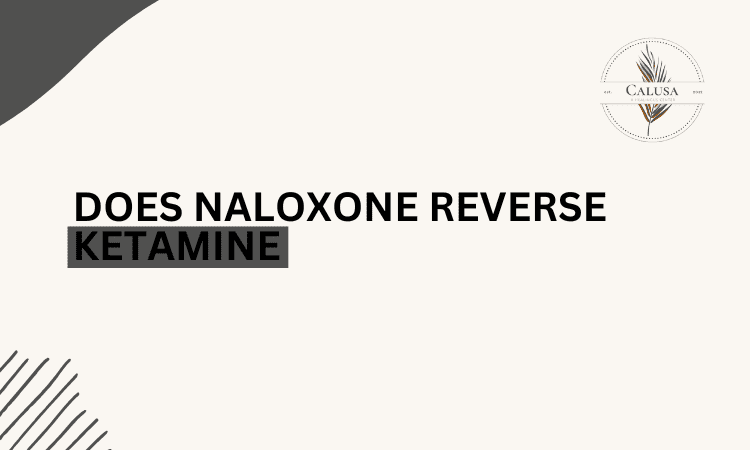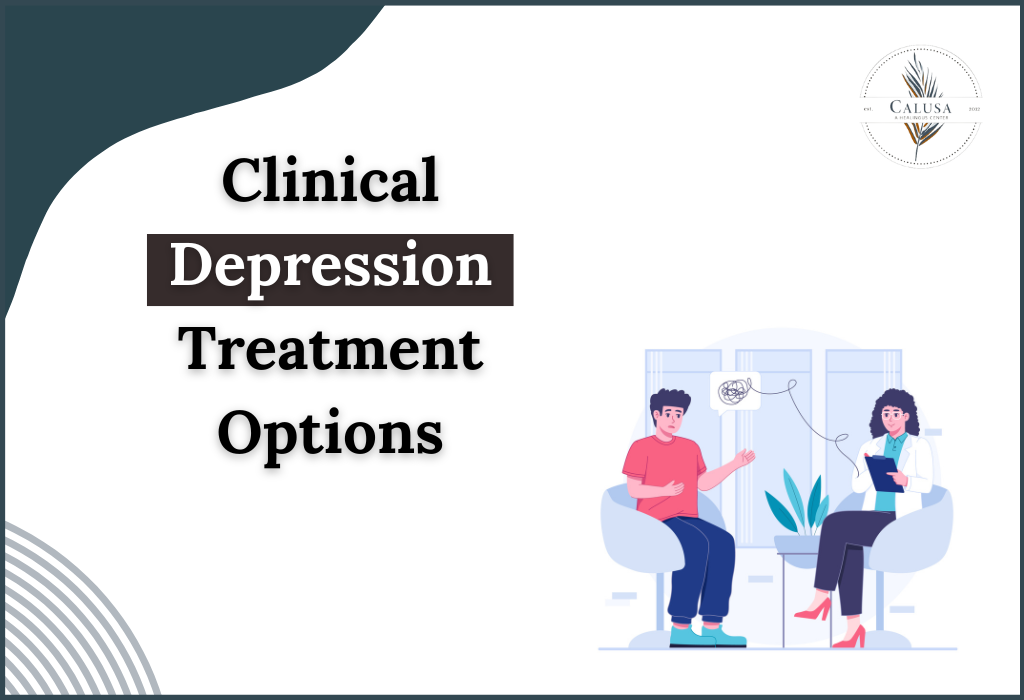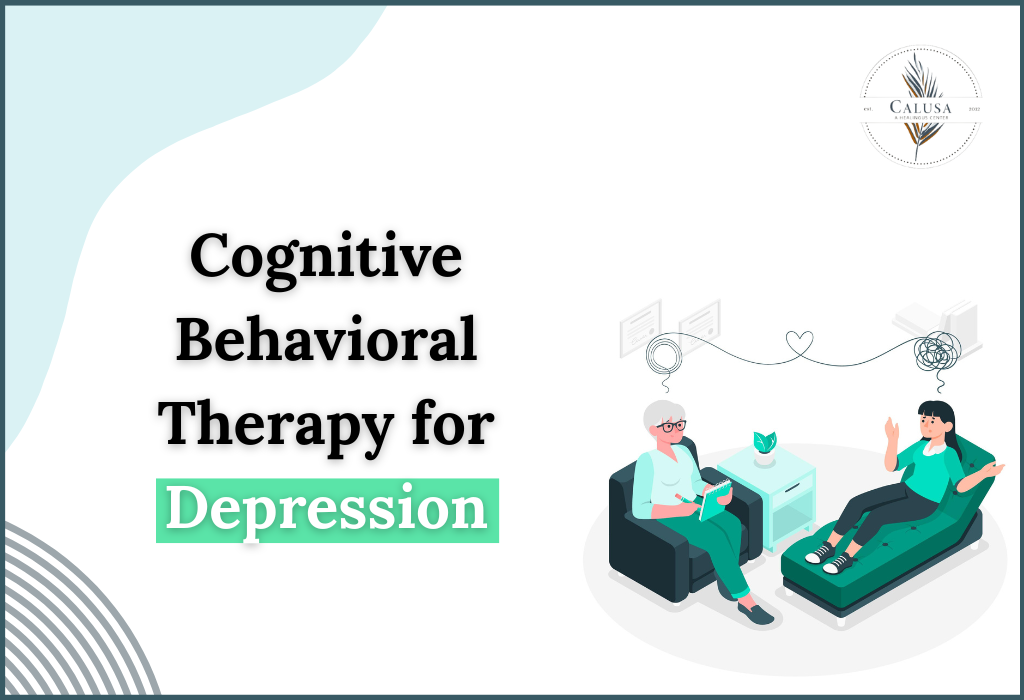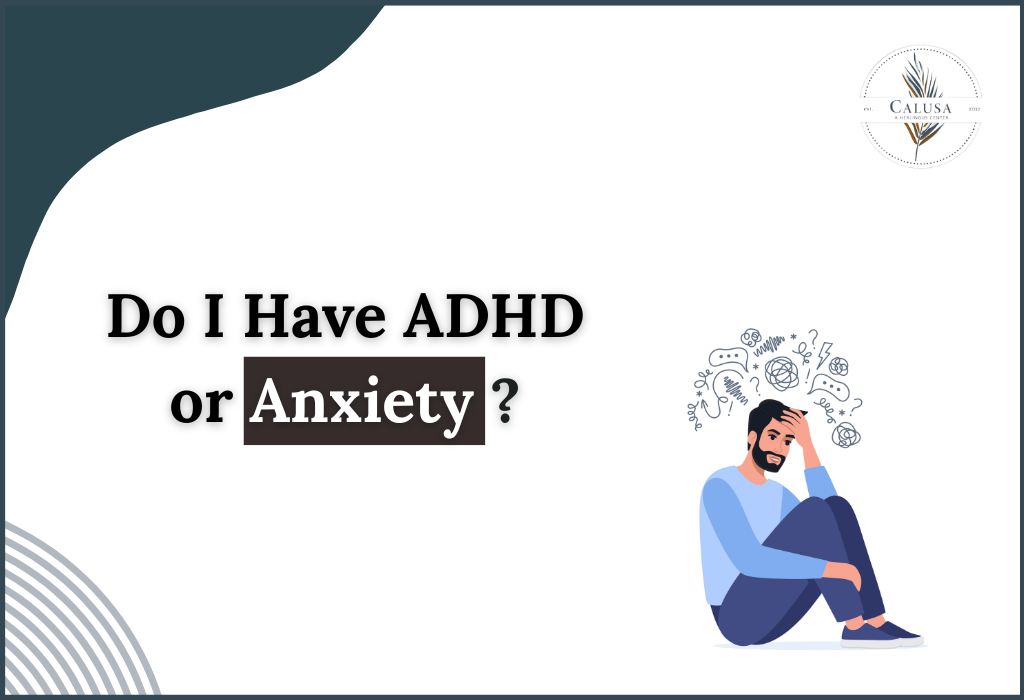It is important to realize that Naloxone and ketamine are vital drugs with differing indications. However, an overdose of opioids can be reversed by naloxone which is widely known for saving lives in emergencies. Ketamine is a dissociative anesthetic that is used for pain relief as well as sedation and recently for treating depression.
Thus, it’s important to know how these medications interact with each other since their purposes are diverse.
One frequently asked question is whether “naloxone reverses ketamine?” This query has severe implications for healthcare professionals and people who work in the field of emergency medicine. In cases of overdosing, knowing the interactions between drugs can make a massive difference in treatment outcomes.
In this blog post, we will look at how effective naloxone is in reversing ketamine’s effects, what mechanism acts on both types of drugs, clinical applications, and possible side effects. By the end of it all you’ll have a clear understanding of the topic – does naloxone reverse ketamine?
Naloxone Mechanism of Action
It is important to know how naloxone works to answer the question “Does naloxone reverse ketamine?”
The Step-by-Step Explanation of How Naloxone Makes Opioids Ineffective:
- Binding to Opioid Receptors: As an opioid antagonist, naloxone attaches itself to the same brain receptors as opioids like heroin, morphine, and fentanyl.
- Displacement of Opioids: By attaching onto these receptors, naloxone displaces any opioids which might have already been there and subsequently obstructs their activities.
- Symptom Reversal: Blocking opioid receptors can quickly reverse overdose-related life-threatening effects like respiratory depression, sedation, and loss of consciousness.
Binding to Opioid Receptors:
- Competitive Antagonism: It specifically refers to the fact that naloxone has a high affinity for these receptors, allowing it to displace opioids and prevent them from binding again.
- Immediate Action: Once given it rapidly binds to the receptors, within minutes usually. This immediate action is critical in cases of overdose where every second counts.
These mechanisms will help us understand what exactly naloxone is in case of opioid overdose. However, when it comes to the question “Does naloxone reverse ketamine,” it’s important to note that ketamine affects different receptors in the brain. This difference in mechanism is key to understanding why naloxone may not be effective in reversing ketamine’s effects.
Ketamine Mechanism of Action
To examine if naloxone reverses ketamine, we must first comprehend the process by which ketamine operates in the brain.
Explanation of How Ketamine Affects the Brain:
- Anesthetic and Dissociative Agent: Primarily, ketamine is used as an anesthetic and also has some dissociative effects, such as feeling disconnected from yourself or your surroundings.
- Depression Treatment: Given its rapid antidepressant effects, this drug recently found use to treat severe depression and other mental health conditions.
Interaction with NMDA Receptors and Dissociative Effects:
- NMDA Receptor Antagonism: The blockade of N-methyl-D-aspartate (NMDA) receptors by ketamine is what makes it work. These receptors are part of the glutamate system in the brain that underlies neural communication, plasticity, and overall brain function.
- Glutamate Regulation: By blocking NMDA receptors, it reduces glutamate activity, one of these excitatory neurotransmitters. This interruption might cause a person’s mind to get confused thus causing dissociation consequences associated with the substance.
- Altered Consciousness: When NMDA receptors are blocked, sensory perception changes- mood swings occur and sensitivity diminishes; features that typify this drug’s dissociative properties are known as “dissociative”.
Understanding these mechanisms highlights the fundamental differences between ketamine and opioids, and why naloxone, which targets opioid receptors, may not effectively reverse the effects of ketamine. This distinction is critical when considering the question, “Does naloxone reverse ketamine?”
Interaction Between Naloxone and Ketamine
To answer “Does naloxone reverse ketamine?” we must understand how they interact. Naloxone and ketamine operate differently in the brain.
Potential Interactions:
- Receptor Targets: Opioid receptors are targeted by naloxone but not the NMDA receptor which is a target of ketamine. These two act on different systems.
- Mechanistic Differences: By blocking opioid receptors, naloxone reverses the effects of opioids like respiratory depression. Blocking NMDA receptors leads to dissociative effects by ketamine.
- Lack of Overlapping Effects: Naloxone does not antagonize the effects of ketamine due to distinct targets.
Scientific Studies and Findings:
- Limited Evidence: There is little information about research on naloxone and ketamine interactions. The main use for naloxone is treating opioid overdose.
- Clinical Observations: Not effective in reversing dissociative effects caused by ketamine, naloxone is only used alongside supportive measures for patients overdosed on ketamine.
In summary, it can be said that naloxone has different receptor sites when compared to those of ketamine. Thus, It does not reverse the effect of ketamine.
Naloxone’s Role in Reversing Ketamine Effects
To grasp the concept of “does naloxone reverse ketamine,” we need to explore its effectiveness and discuss applicable clinical evidence. They interact differently with the brain hence their potential interaction.
Examination of Whether Naloxone Can Reverse Ketamine Effects:
- Receptor Targets: Naloxone targets opioid receptors, whereas ketamine works on NMDA receptors. Since they are working on different systems, naloxone cannot effectively counteract ketamine’s effects.
- Effectiveness: Studies indicate that naloxone is very effective in reversing opioid overdoses but it does not reverse the dissociative or anesthetic effects of ketamine.
Naloxone in Ketamine Overdose:
- Emergency Use: Naloxone is used in opioid overdoses to restore normal breathing and consciousness. Its role is limited in case of ketamine overdose.
- Clinical Evidence: Case studies and clinical evidence suggest that naloxone fails to attenuate the effects of ketamine. Emergency treatments concentrate on supportive care.
Clinical Applications and Guidelines:
- Guidelines: Medical guidelines do not recommend naloxone for ketamine overdoses but instead rely upon supportive care for symptom management.
- Recommendations: Airway management, vital signs monitoring, and medical experts recommend supportive care services during a ketamine overdose scenario.
Potential Side Effects:
- Naloxone short-term effect: It leads to nausea, vomiting, sweating, and faster heartbeats. It is also the main cause of withdrawal symptoms in patients with opioid addiction.
- Considerations with Ketamine: Naloxone, in this case, is the unwanted one for its inability to reverse ketamine effects when in combination with ketamine. Naloxone is not effective in reversing ketamine effects, and guidelines stress supportive care for ketamine overdoses.
In conclusion, the question “Does naloxone reverse ketamine” can be answered by understanding their different receptor targets and the clinical evidence. Naloxone is not effective in reversing ketamine effects, and guidelines emphasize supportive care for ketamine overdoses.
Conclusion
In brief, the idea “does naloxone reverse ketamine,” would be in the different mechanism and receptor targets of both drugs. Naloxone effectively reverses opioid overdoses by targeting opioid receptors, but it does not counteract the effects of ketamine, which acts on NMDA receptors. The results of the study also uphold the case of naloxone as an effective antidote for opioid overdoses. On the other hand, ketamine overdose cases rather require supportive care and proper management.
Naloxone’s function in ketamine overdose conditions is very limited; thus, progress in the research and education on the right treatment always remains an essential goal. By informing and educating the professionals in the health sector about these drugs, they can render balanced treatments concerning overdose scenarios.
Engage in proactive roles and advocate for the implementation of detailed training on the use of naloxone and join Calusa for supportive care for the different overdose cases.










